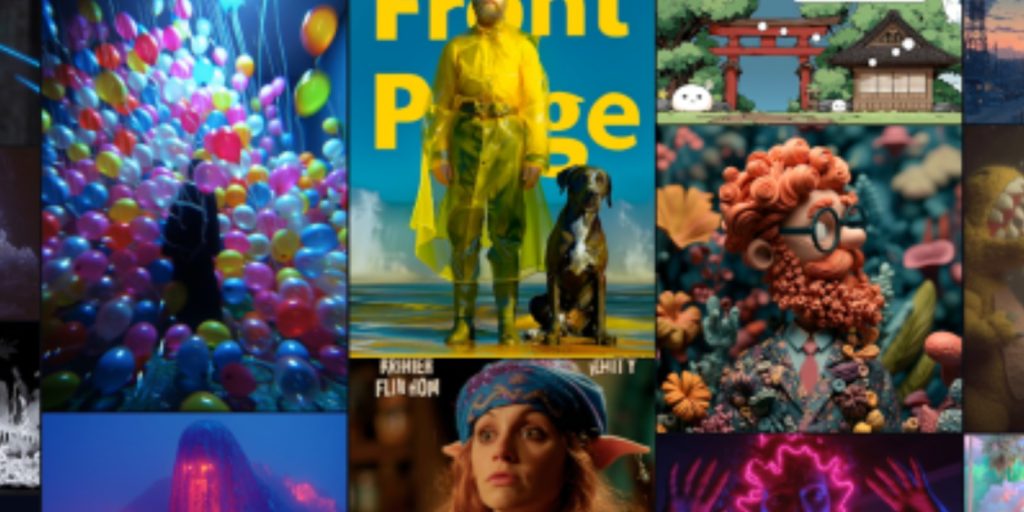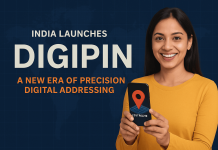Table of Contents
Imagine typing a short sentence like “A robot walking on the moon” and within seconds, seeing a video that looks real and smooth. That’s what the company Midjourney is now making possible with its first AI video model called V1. You may know Midjourney for creating amazing AI pictures, but now, they’ve taken a big step into the world of video.
This blog explains what Midjourney V1 is, how it works, why it matters, and what this could mean for the future of movies, ads, education, and even social media.
What Is Midjourney V1?

Midjourney V1 is a new AI tool that creates short videos from simple written prompts. For example, you can type “a cat chasing a butterfly in a garden,” and the tool will try to generate a video that shows that scene, even though no one filmed it.
It’s like magic, but it’s powered by deep learning and lots of computer training.
Midjourney has already been popular for turning text into beautiful art images. Now, with V1, they want to do the same with moving pictures.
Why Is This a Big Deal?
Let’s break it down:
| Feature | What It Means |
| Text-to-video | You just write what you want to see, and the AI makes a video of it. |
| No filming needed | You don’t need a camera or actors—AI handles everything. |
| Great for creators | Artists, YouTubers, and marketers can make cool content faster. |
Imagine a student making a short movie for school without needing to shoot anything, or a small business making an ad without hiring a production team. That’s the kind of power this tech brings.
How Does Midjourney V1 Work?
Midjourney uses something called a neural network—a type of smart computer system that learns from patterns. It watches thousands of real videos to understand how motion, colors, and objects work together. Then, it tries to create new videos by using what it learned.
You give it a “prompt”—a short sentence—and it uses math, patterns, and data to bring that idea to life on the screen.
Right now, V1 is good for short clips that are 1–4 seconds long. But as the model improves, it will get better at making longer and more detailed videos.
How V1 Compares with Others (Like Sora or Runway)
There are other companies also making AI video tools:
| Tool | Strength |
| Sora by OpenAI | Great at storytelling and long, smooth scenes |
| Runway ML | Easy to use and focused on video editing |
| Midjourney V1 | Known for artistic, dream-like visuals, and now entering video creation |
Each tool is good in its own way, but Midjourney V1 might become the favorite for people who love creativity, mood, and cinematic looks.
Where Can This Be Used?
The possibilities are endless. Here are just a few examples:
Film and Animation
Small filmmakers could use V1 to create fantasy or science fiction scenes without needing huge budgets.
Education
Teachers can create short videos that explain ideas in fun ways, like “how volcanoes erupt” or “life in ancient Egypt.”
Social Media
Influencers can make creative reels, stories, or TikTok by just typing their ideas.
Marketing
Businesses can show product demos, event teasers, or explainer videos in minutes.
What About the Risks?
With great tech comes great responsibility. AI-generated videos could be used to create fake content (called deepfakes), or people might use them to spread false information.
That’s why Midjourney and other AI companies need to make rules and tools to help keep things safe. Some ideas include:
- Watermarking videos made with AI
- Limiting how realistic faces or voices can get
- Requiring users to agree to ethical guidelines
What’s Next for Midjourney and AI Video?
Currently, V1 is in its early stages. The videos are short and occasionally blurry, but the progress is amazing.
In the future, Midjourney may allow:
- Longer videos
- Voice or sound effects
- Editing or combining multiple scenes
This could change everything—from how we tell stories to how we learn and do business.
Final Thoughts
Midjourney V1 is not just a fun toy—it’s a glimpse into the future. A future where anyone, no matter their skill or budget, can create videos with just their imagination.
It helps artists dream bigger, teachers explain more effectively, and marketers work more efficiently. Like all tools, it depends on how we use it. But one thing is clear: AI video creation is here to stay—and it’s just getting started.


































